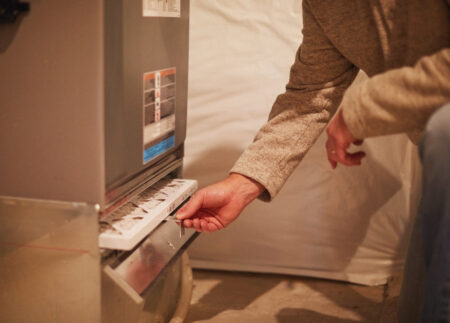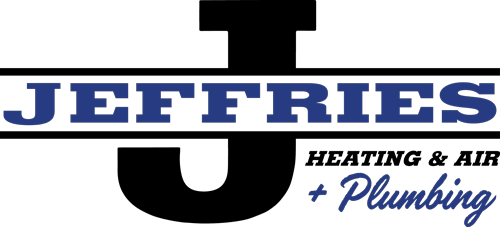What’s Included in Furnace Maintenance?

Maintaining or servicing a gas furnace is a much more complex process than you may realize. This is mainly because furnaces have a huge number of different components that all need to work correctly for the furnace to run and heat effectively.
Issues with even one component can make a furnace much less efficient or prevent it from working whatsoever. There are also certain issues that can be a serious safety hazard and potentially make a furnace unsafe to use. Here, we’ll look at the most important tasks involved in maintaining a furnace, why each one is necessary, and the benefits that annual furnace maintenance provides.
Inspecting and Cleaning the Burners
Keeping the burners on a gas furnace clean is essential for allowing it to heat as effectively as possible. The ports on the burners where the gas flows out often get clogged by dust, cobwebs, and debris during the warmer months when a furnace isn’t in use. When the burners are dirty or clogged, it often leads to the gas not completely combusting. This is an issue since the flames don’t burn nearly as hot when the gas doesn’t fully combust, resulting in the furnace producing much less heat than it should. The more serious issue is that carbon monoxide is produced when natural gas doesn’t fully combust, which doesn’t happen with complete combustion.
Testing and Cleaning the Flame Sensor and Electronic Igniter
The flame sensor is one of several safety features in a modern gas furnace. Its purpose is to ensure that gas doesn’t continue to flow if the burners ever go out or fail to ignite. The sensor sits directly in the burner flames and uses a small electrical current to detect the flames. The fact that it is exposed to extreme heat means it is often one of the first parts of a furnace to fail. It also tends to get covered in soot and will stop working if it gets too dirty.
Testing and Cleaning the Blower
The blower is responsible for pulling cooler air into the furnace and then circulating the hot air it produces around the house. When maintaining it, a professional will test the amp draw to determine if the motor is still working properly or if it’s starting to wear out or needs to be repaired. Cleaning all of the dust from off the blower is also an essential task for ensuring that it can circulate sufficient air.
Checking the Electrical Connections and Wiring
The various electrical connections in a furnace often loosen over time, and the wiring can also deteriorate. As such, another essential part of maintaining a furnace is to check all of the connections and retighten them as needed. The specialist will also make sure that all of the wiring is in good shape and replace any wires that are damaged or frayed.
Inspecting the Heat Exchanger and Exhaust Flue
These two tasks are essential for ensuring that the furnace is safe to operate. If the heat exchanger is cracked or corroded, it allows some of the combustion fumes to leak out into the ductwork. Combustion fumes can also escape and leak into the home if the exhaust flue is clogged or otherwise not venting properly. Both of these issues can be major safety hazards since they can result in carbon monoxide leaking out into the home.
Testing All Safety Controls
In addition to the flame sensor, furnaces also have a few other safety controls that ensure everything works correctly. For instance, the temperature limit switch constantly monitors the temperature of the flame sensor and will shut the furnace down if it begins to overheat. If this switch isn’t working properly, it can lead to a major fire hazard should the furnace have any issue that causes it to overheat. Another of these safety controls is the pressure switch, which works to make sure that the draft inducer is working properly. The inducer is the first thing that comes on before the furnace lights, and its purpose is to draw the combustion fumes up through the heat exchanger and vent them outside.
Inspecting the Gas Line and Checking the Gas Pressure
Inspecting the gas line that feeds a furnace is another essential task that helps to prevent an extremely dangerous gas leak. After inspecting the line, the professional will also use a manometer to measure the pressure of the gas flowing into the furnace. This is important since the furnace will use much more energy than needed if the pressure is too high. It will not work as effectively as it should if the pressure is too low. If the pressure is too high or too low, the technician will then adjust the gas manifold until the furnace has the correct pressure.
Jeffries Heating & Air + Plumbing is the home service company you can trust for all of your HVAC, plumbing and electrical needs in the Somerset area. We specialize in HVAC maintenance, and our team can service any make and model of furnace, air conditioner or heat pump. We’re also ready to help if you need any heating or cooling repairs or installation services. Whether you need to have your furnace maintained or need any other home service, give us a call and we’ll get the job done right.
